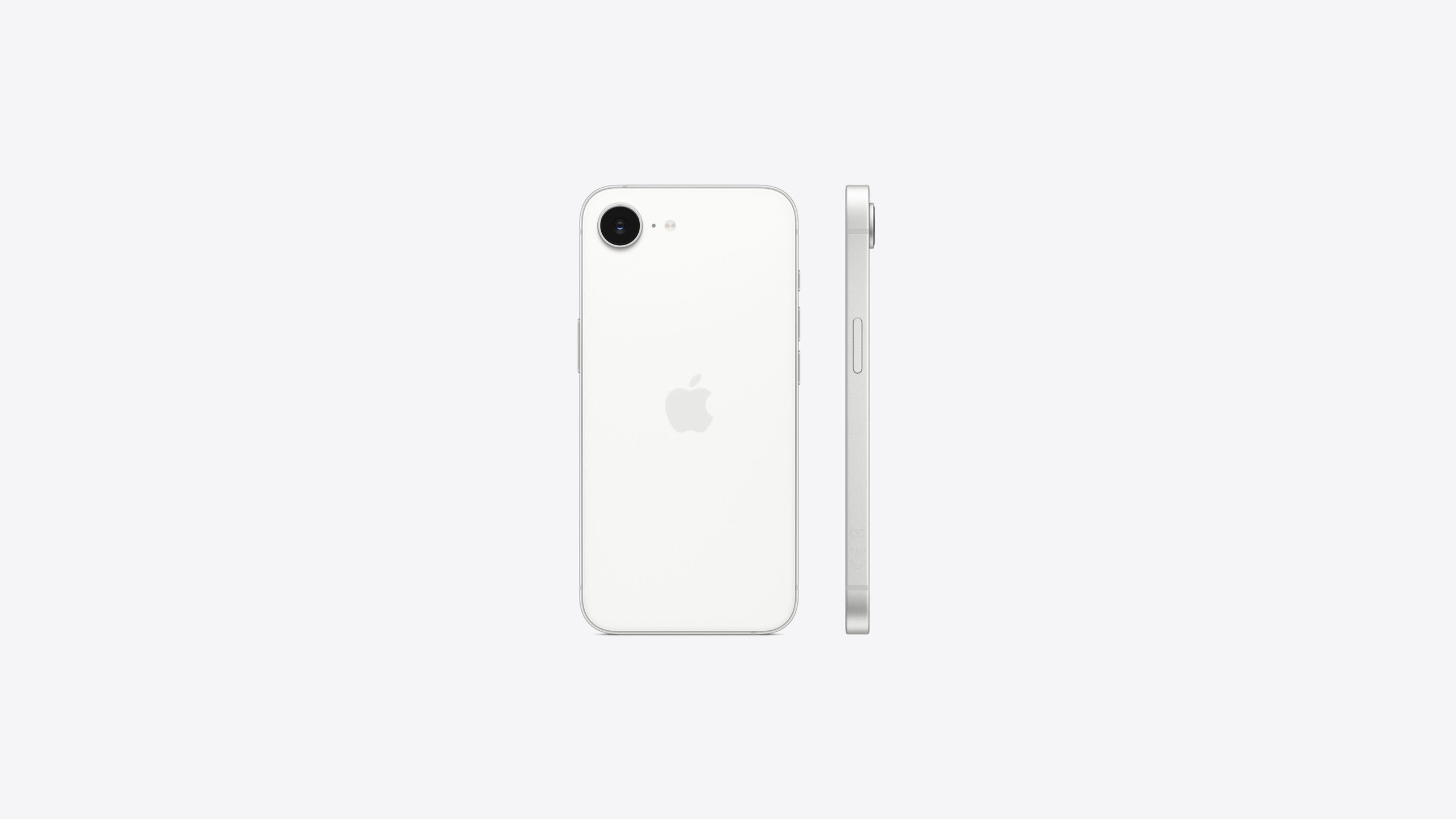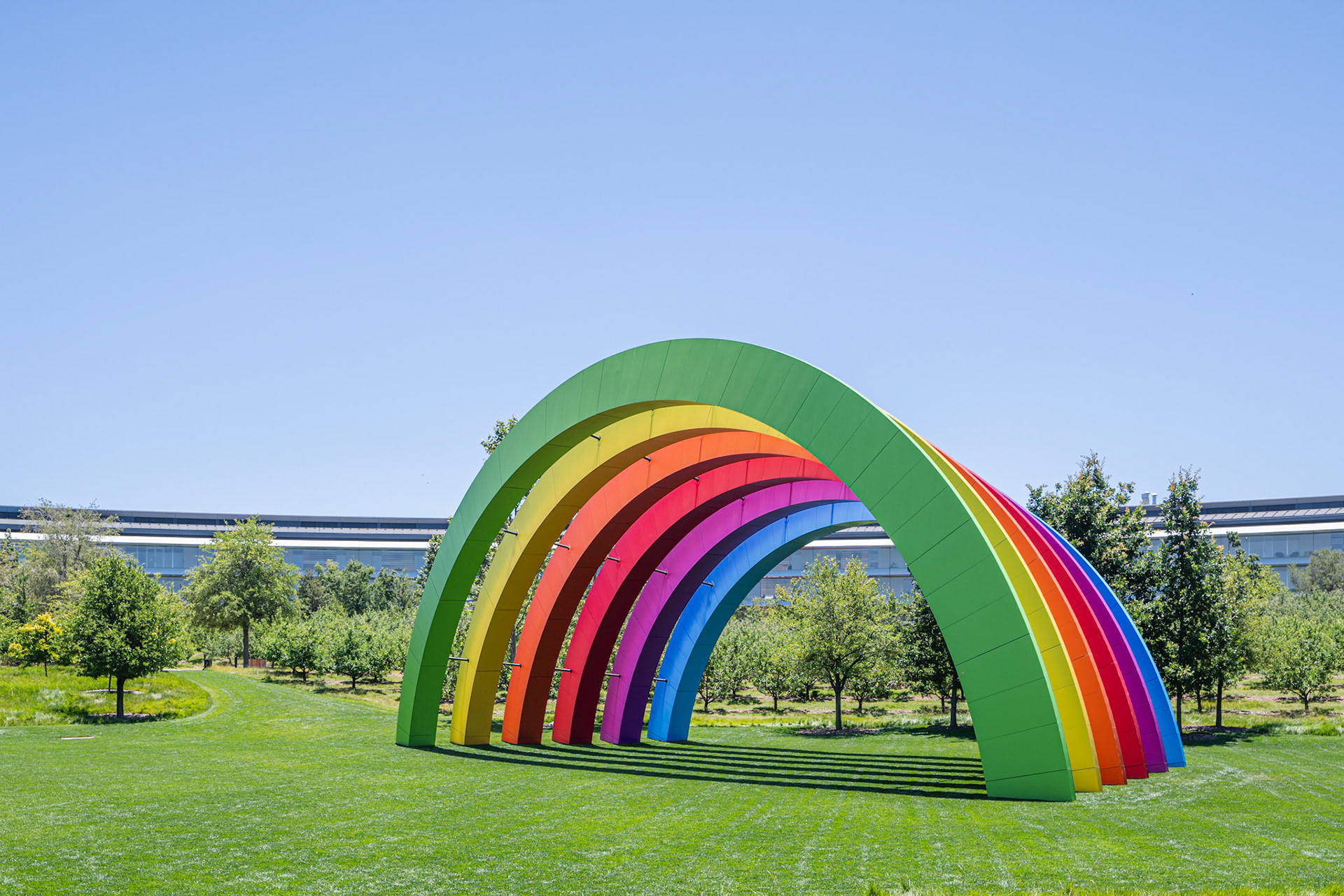One of the strangest things about the iPhone 16e is that it doesn’t fully support MagSafe. This missing feature surprised so many people that Apple felt the need to explain why they left it out. But here’s the twist: the phone seems to be almost ready for MagSafe, which makes the decision even more puzzling.
Three Great Things About MagSafe
The iPhone 16e comes with plenty of top-notch features, but MagSafe isn’t one of them. That’s a big deal because MagSafe brings three awesome perks. First, it makes wireless charging super simple. You just place your phone near the charger, and it snaps right into the perfect spot—no more fumbling around.
Second, it speeds up wireless charging. Older Qi chargers topped out at 7.5 watts, but MagSafe and Qi2 bump that up to 15 watts. Other iPhone 16 models even hit 25 watts with the newest MagSafe chargers. Third, MagSafe unlocks a bunch of cool accessories—like car mounts, wallets, and camera stabilizers—that stick to your phone with magnets.
Apple’s Odd Explanation
Apple’s reason for skipping MagSafe? They say the people buying the 16e don’t use it. According to them, this phone is aimed at folks who prefer plugging in a cable over wireless charging. They think these buyers are upgrading from older models like the iPhone SE or iPhone 11, which didn’t have MagSafe. But that logic feels shaky—those phones didn’t have MagSafe, so of course those users didn’t rely on it!
The iPhone 16e’s Hidden Surprise
Here’s where it gets interesting. David Price from Macworld found that the iPhone 16e actually has some MagSafe magnets inside—it’s just not strong enough to work perfectly. I tested this myself by taking my 16e out of its case and placing it near an old MagSafe charger. To my surprise, the charger stuck to the phone! The connection was weak, but it held. Price even shared a video showing the charger lifting off a table to snap onto the phone.
The catch? This only works without a case, and the magnets aren’t powerful enough to hold the phone on a standing dock. Still, it’s odd that Apple included some magnets but didn’t go all in on MagSafe. Why get so close and then stop?







